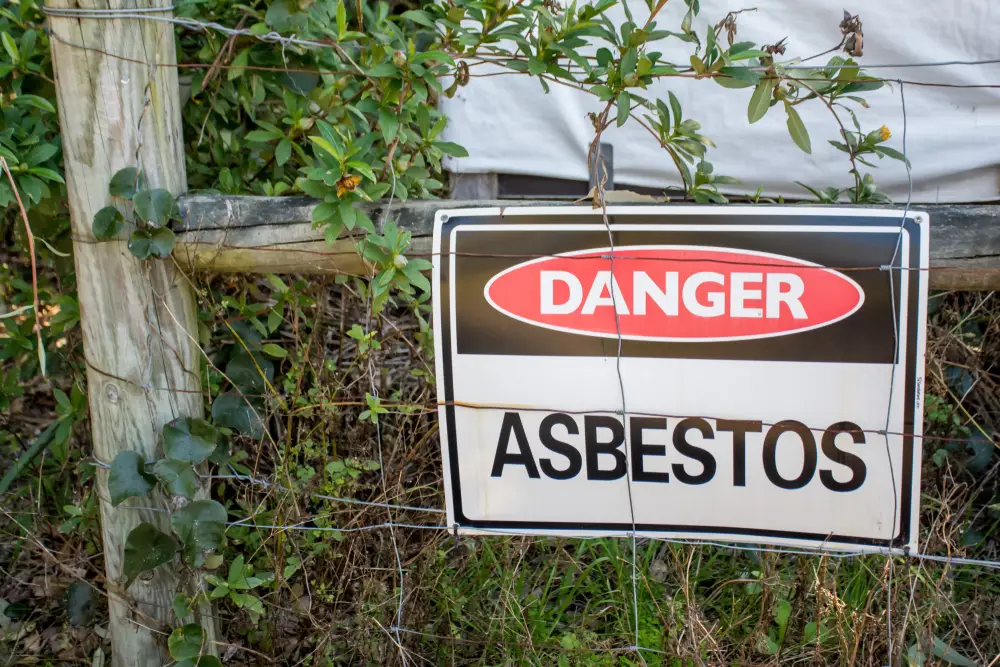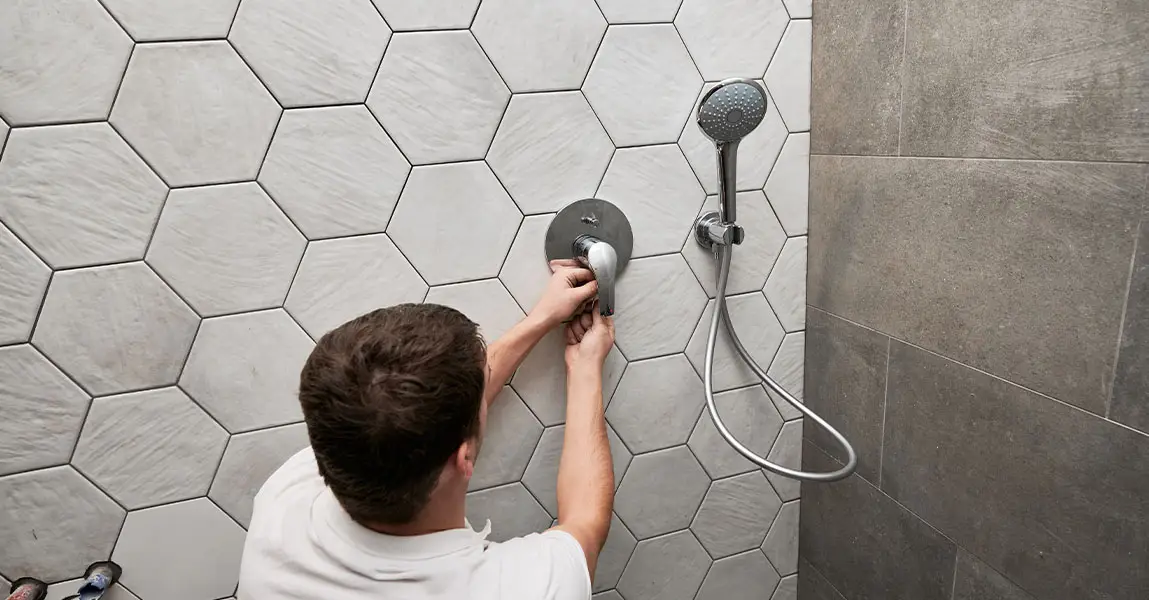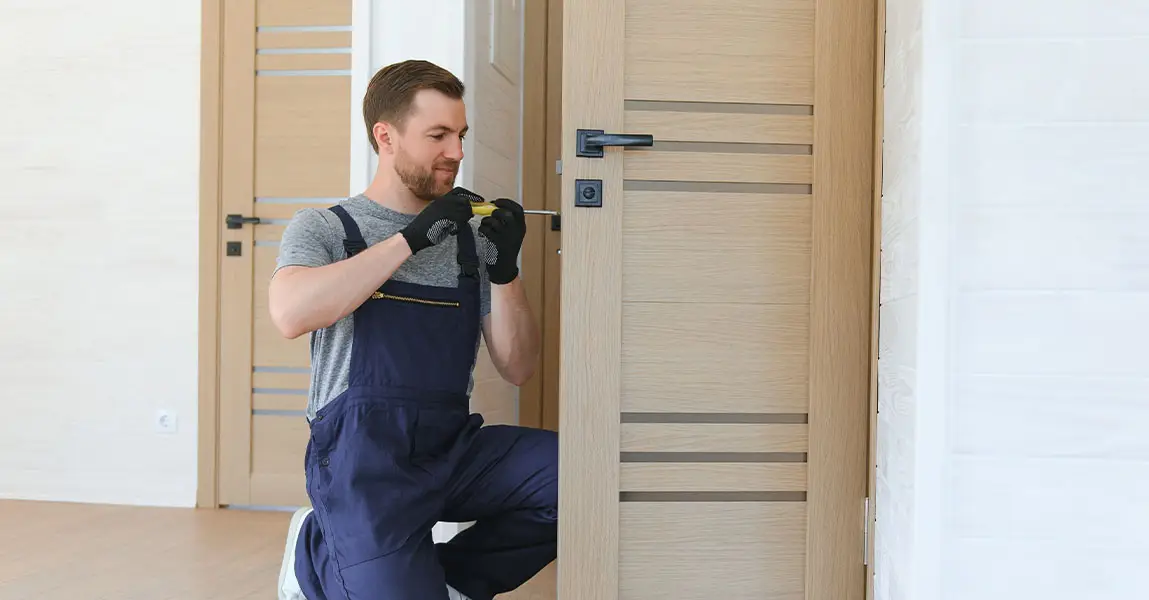Asbestos was used in thousands of building products throughout much of the 20th century. If your home was built before the late 1980s, there’s a good chance that some of its components may still contain this material. While it isn’t always dangerous when left undisturbed, the risk increases if you’re planning renovations, repairs, or if any materials are starting to wear out or crumble.
Knowing what to look for can make a big difference in protecting your health. Below are the top five signs that could indicate asbestos in your home, along with practical steps for what to do next.
1. Your Home Was Built Before 1990
The first and most common red flag is the age of your home. Asbestos use peaked between the 1950s and 1980s. It was valued for its durability, heat resistance, and insulating properties. That is to say, if your home was constructed before 1990, there’s a decent chance it contains materials with asbestos.
In many cases, these materials remain hidden behind walls, under floors, or in ceilings. However, that does not mean the risk is gone. On the contrary, older homes are more likely to have damaged materials that can release asbestos fibers into the air. This risk is especially high during demolition, sanding, or other invasive activities.
If you’re unsure of your home’s construction date, city records or property assessment documents often contain that information. Moreover, if you’ve moved into a property where previous owners made renovations without permits, it may be worth having it assessed by a qualified expert.
2. Your Insulation Looks Like Vermiculite
One of the most common forms of asbestos-containing insulation is vermiculite. This material looks like small, lightweight pebbles and is often grayish-brown or silvery-gold in color. It was commonly used in attics and wall cavities. Not all vermiculite contains asbestos, but much of it came from a mine in Libby, Montana, that was heavily contaminated.
Therefore, if you see loose-fill insulation that resembles small, grainy pebbles, avoid disturbing it. Do not vacuum, sweep, or touch it. Instead, leave the area alone and have a sample tested by a certified lab. Even if it has remained undisturbed for years, any small change such as installing a light fixture or sealing a leak could release fibers.
If you need expert testing or removal, it’s wise to get in touch with a qualified abatement & remediation company in Calgary before taking further action. They can safely determine the type of insulation and whether it poses any health risk.
3. Old Vinyl Flooring or Ceiling Tiles Are Present
Asbestos was widely used in floor tiles, ceiling tiles, and the adhesives that held them in place. These materials were extremely common in homes built or renovated before the 1980s. Most of the time, they look like basic nine-inch or twelve-inch squares, often found in basements, kitchens, or laundry rooms.
In other words, they don’t appear harmful at a glance. However, when they crack, break, or wear down, they can release harmful fibers into the air. Trying to pry them up or grind them down without proper safety precautions can easily spread asbestos particles.
Similarly, textured ceilings or popcorn ceilings applied during this era often contained asbestos. If you notice small, broken pieces of these materials or suspect they’re starting to degrade, avoid sweeping or vacuuming the area. At that point, calling for help is the safest route. For peace of mind, consider consulting an abatement & remediation company in Calgary to inspect and guide the next steps.
4. Your HVAC or Duct Insulation Appears Wrapped or Fibrous
Older HVAC systems sometimes used asbestos-based insulation to control heat and fire risks. This material might show up as a white or grayish cloth wrap around furnace ducts, pipes, or boiler systems. At times, it also appears as a chalky coating or a fibrous blanket.
Over time, these wraps can become brittle or start to flake. Consequently, the more degraded they become, the higher the risk of airborne exposure. Ductwork located in crawl spaces, basements, or mechanical rooms is often out of sight, which means the damage can go unnoticed for years.
Checking your ducts occasionally for visible signs of wear or insulation damage is wise. However, you should never remove, touch, or disturb this material on your own. Doing so without proper training and containment tools can worsen the hazard. If you suspect insulation is made with asbestos, have it sampled before planning any upgrades or repairs.
5. Crumbling Wall Plaster or Pipe Cement
Another potential source of asbestos is plaster or pipe cement used in older homes. This material may be found on pipes in utility rooms or behind access panels. It was often used in conjunction with other materials to seal joints, coat surfaces, or fill gaps around pipes and heating elements.
As a result, even small repair tasks can accidentally disturb these components. Cracks, peeling, or crumbling edges are early warning signs. Dust around baseboards or pipe fittings may also point to slow material breakdown.
Unlike modern drywall or caulking, asbestos-containing cements and plasters were hard to distinguish without testing. Therefore, homeowners are advised not to assume any material is safe based on how it looks. A certified asbestos technician can test multiple areas with minimal disruption and provide a clear report of where asbestos exists and what condition it’s in.
If you notice any of these conditions in your home, don’t wait until a renovation is underway. The earlier the risk is identified, the simpler it often is to resolve it.
A Practical Tip Most People Miss: Asbestos in Fuse Panels and Electrical Backing
Here’s something not often mentioned, older electrical panels sometimes used asbestos as backing boards. These boards were meant to provide fire resistance and were installed behind breakers and switches. They were especially common in mid-century homes.
What makes this area tricky is that most homeowners never look inside their panel boxes. In addition, electricians who work on older systems may not always be aware of what they’re dealing with unless they open or remove parts. If your home has not had its electrical panel updated in decades, it’s worth asking a licensed electrician whether the system has ever been inspected for asbestos-based components.
Because electrical work often involves drilling, grinding, or screw removal, any asbestos in the area could easily be disturbed during routine repairs. Therefore, combining an electrical upgrade with a materials inspection can be a safe and proactive choice.
FAQ
How do I know for sure if something in my home contains asbestos?
The only way to confirm the presence of asbestos is through laboratory testing. Professionals collect small samples using specific containment techniques and send them to certified labs for analysis.
Is asbestos always dangerous?
Asbestos is most dangerous when it’s disturbed and becomes airborne. If left sealed and undamaged, it may not pose an immediate risk, but deterioration over time can change that quickly.
Can I remove asbestos myself?
In most areas, homeowners are not legally required to hire professionals for removal, but it is strongly advised. Improper handling can expose you and others to serious health risks.
What should I do if I find asbestos during a renovation?
Stop the work immediately and avoid disturbing the area further. Contact a certified professional who can assess the situation and provide safe removal options.
How much does asbestos testing usually cost?
Costs vary depending on how many samples are taken and the type of materials involved. A simple residential inspection and lab analysis might start at a few hundred dollars. More complex sites will cost more based on size and risk level.











